150 years of Science, Agriculture and Engineering (SAgE)
A short timeline of Physics at Newcastle University
1871 the Durham College of Physical Science was founded in Newcastle-upon-Tyne. Alexander Stewart Herschel begins to work here as the first Professor of Physics and Experimental Philosophy, later elected a Fellow of the Royal Society (FRS).
1904 renamed Armstrong College in honour of local industrialist and philanthropist Lord William Armstrong. Armstrong was an eminent scientist, engineer and inventor. In particular, he led the way with new developments in hydraulics, and his home at Cragside was the first in the world to be lit by hydroelectricity.
1937 Armstrong College and the College of Medicine merge to form King’s College.
1952 Teaching of Statistics as a separate discipline starts
1962 Herschel Building and Annex, now the home of Mathematics, Statistics and Physics is built. It is named after astronomer Alexander Stewart Herschel, who was known for his work relating to meteors and comets. Alexander Herschel was also interested in Hamilton’s Icosian game and described solutions for the regular tetrahedron and icosahedron in place of the normal dodecahedron. The Herschel graph is named after him in honour of his pioneering work and describes the smallest convex polyhedron that can be used in place of the dodecahedron to give a game that has no solution.
1962 Spiral Nebula sculpture by sculptor Geoffrey Clarke commissioned, installed in 1963 in front of the Herschel Building, now Grade II listed
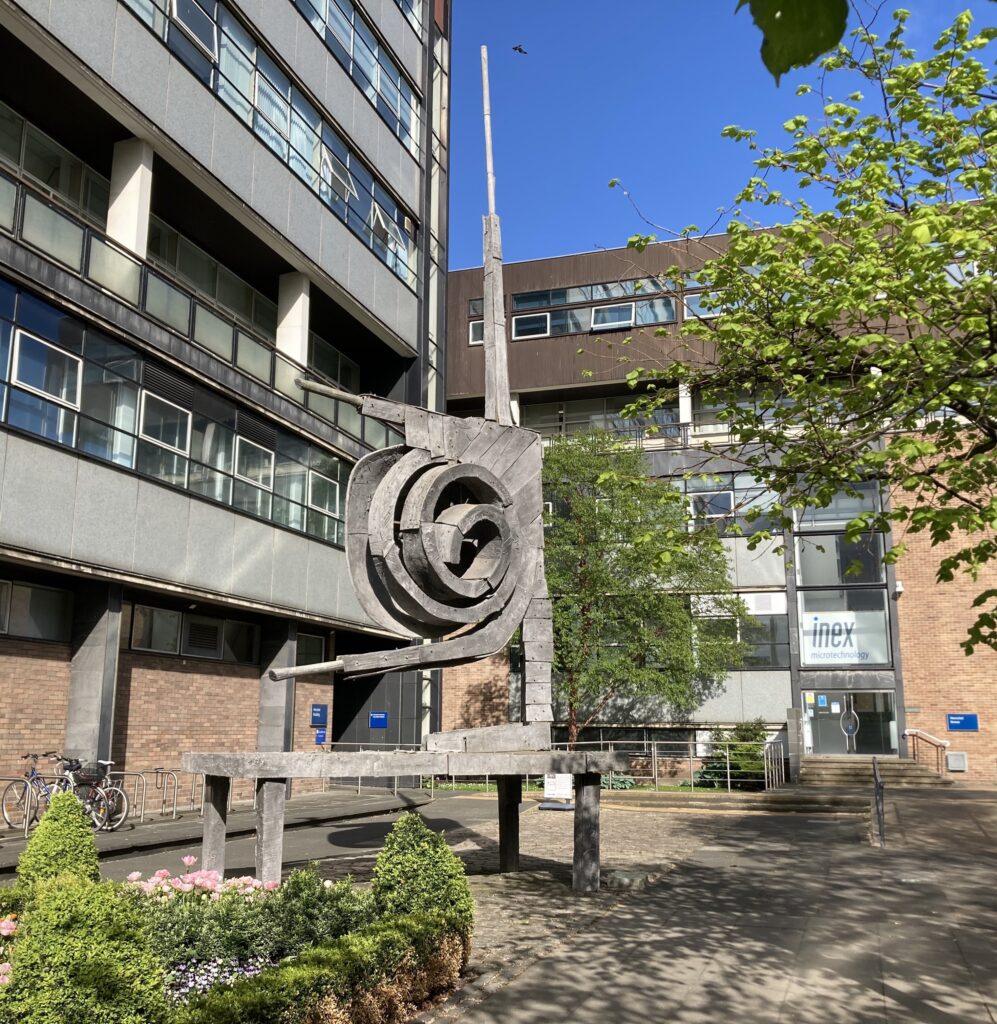
1963 King’s College (having grown way larger than all the Durham division) becomes independent of the University of Durham and becomes the University of Newcastle-upon-Tyne
1968 Grubb-Parsons Telescope Mirror put in Herschel Foyer
1980 Cosmology Group founded by Paul Davies who is appointed Professor of Theoretical Physics, his contributions include describing how black holes radiate energy and the ripples in the otherwise homogeneous Cosmic Microwave Background Radiation.
2002 School of Mathematics becomes School of Mathematics and Statistics
2007 Mathematics & Statistics moves into the Herschel Building
2015 Relaunch of Physics Undergraduate Teaching Programs using the new facilities in the Herschel Annex.

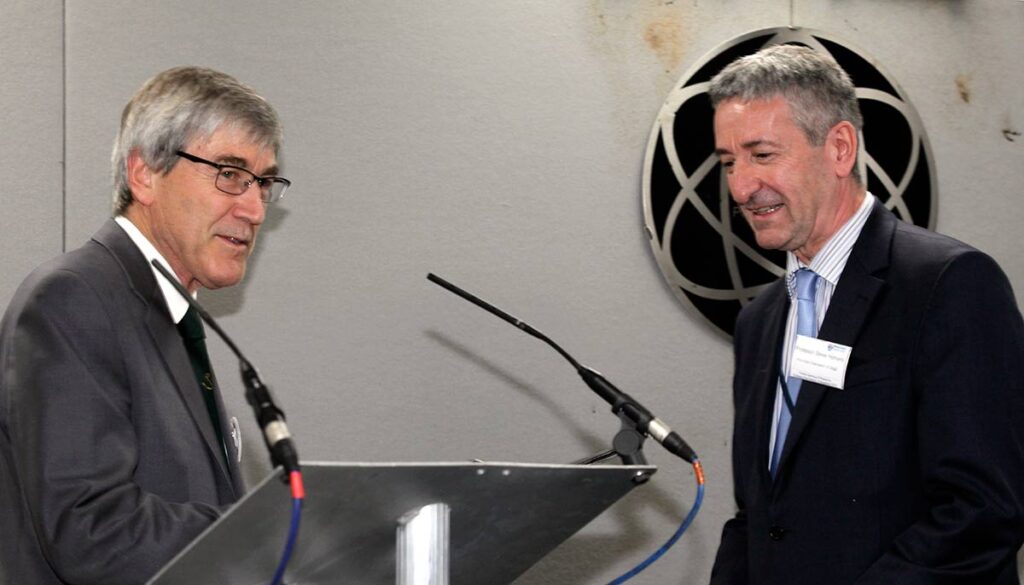
2017 School of Mathematics, Statistics & Physics forms
Public Lectures on Cosmology
October 2022: Is there any science in science fiction films? by Professor Douglas Scott
April 2022: The state of our Universe by Professor Ed Copeland
October 2020: Everything from nothing: how our universe was made by Professor Carlos Frenk
Robinson Prize & Lectures in Cosmology
Awarded biennially, the prize was established in 1990 through the generosity of Philip Robinson, a Newcastle native and antiquarian book dealer, who had a particular interest in cosmology and in making cosmology accessible to broader audiences. Robinson, the Tyneside, England-born bookseller, gained an international reputation during his lifetime as a bibliographical scholar. The main Newcastle University library was named in his honour in 1989. The recipient gives a public lecture and seminars to students. See all previous prize winners on the dedicated page.
Newcastle University Honorary Graduates
2015 Bruce Babbit (served as US senator, did geophysics at Newcastle)
1995 Martin Rees
1994 Arnold Wolfendale
1987 Stephen Hawking
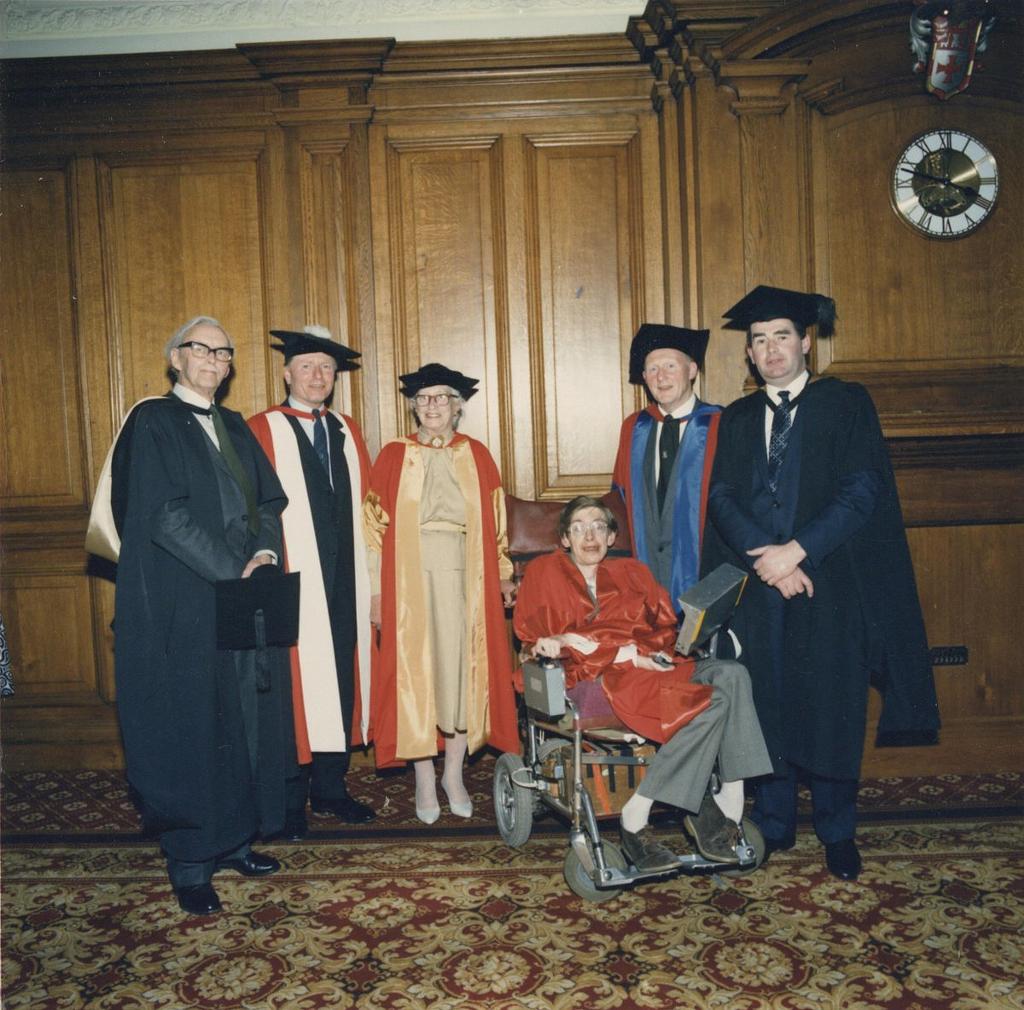
1976 Fred Hoyle
1965 Subrahmanyan Chandrasekhar
1965 Hannes Alfvén
Notable Newcastle University Graduates
1906 Mary Kingdown Heslop graduates in physics and geology from Armstrong College, she went on to become the first female lecturer in geography at Leeds University and one of the first women Fellows of the Geological Society of London.
1910 Sir Harold Jeffreys (FRS) graduates with distinction from Armstrong College, he went on to publish “A Theory of Probability”, introduced Bayes’ factor and played a prominent role in reviving Bayesian statistics. A plaque in the Herschel Building is dedicated to him.
2002 Lisa Harvey-Smith obtains a Master of Physics degree with honours, majoring in astronomy and astrophysics, now she is Australia’s Women in STEM Ambassador and a Professor of Practice in Science Communication at the University of New South Wales
Notable Physicists with ties to Newcastle
Peter Higgs (1929 in Newcastle), Theoretical Physicist, Nobel Laureate, Emeritus at University of Edinburgh
Peter Coles (1963 in Newcastle), Theoretical Cosmologist, Professor at Maynooth University
Oliver Heaviside (1850 – 1925, in Newcastle between 1868-1874), mathematician and physicist, invented technique for solving differential equations (equivalent to the Laplace transform), independently developed vector calculus and rewrote Maxwell’s equations in the form commonly used today
Previous Group Members
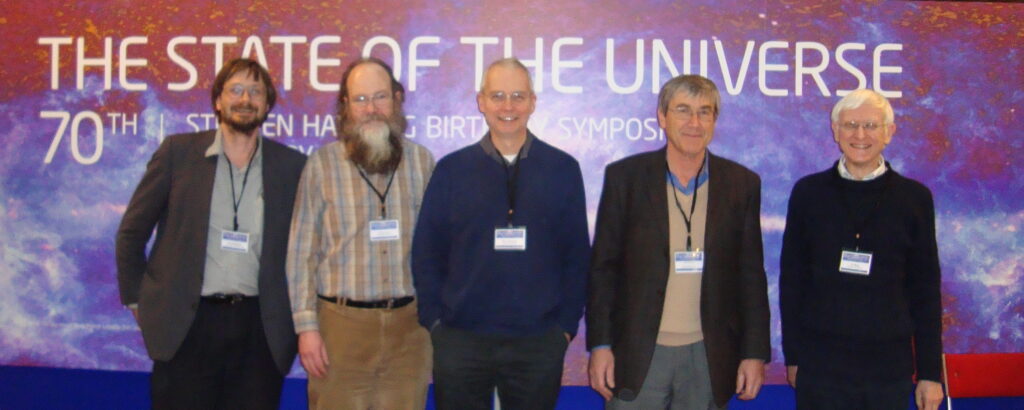
From left to right: David Wiltshire, David Toms, Mark Hindmarsh, Paul Davies and Ian Moss
Previous Faculty Members
Prof C.W. Paul Davies
(1980-1990 Professor, founded the group, now Professor at Arizona State University).
He is famous for the Bunch-Davies Vacuum which he is demonstrating for a lay audience on the right.
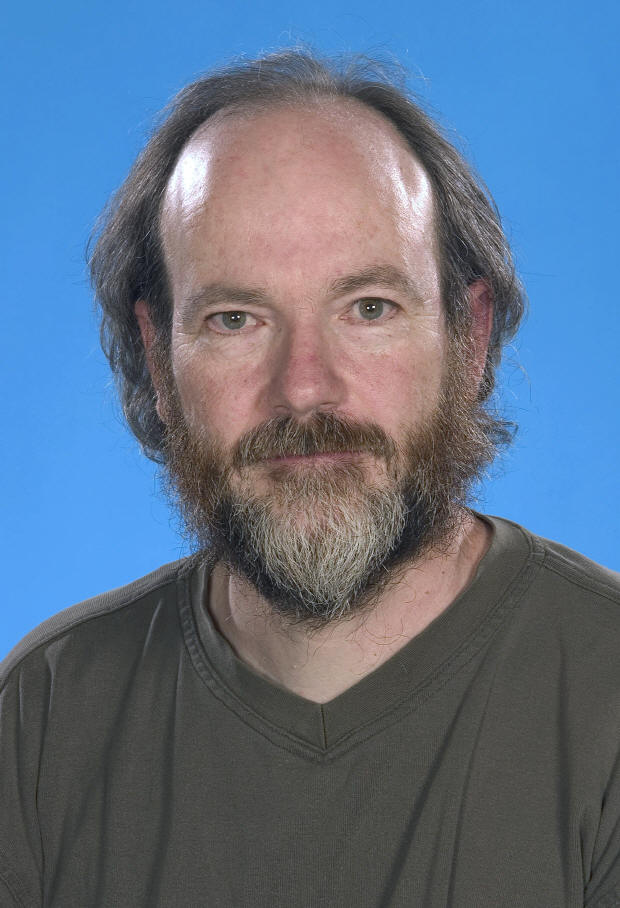
Prof David Toms
(1984-1989 Lecturer,
1989-2012 Reader,
from 2012 Professor,
now Emeritus)

Previous PostDocs & Fellows
Dr Gary (I-Kang) Liu (Marie Skłodowska-Curie fellow 2020-2022)
Florent Michel (2016-2019, with Durham)
Jonathan Pearson (2011-2014, with Durham)
James Gray (2001-2003, Research Fellow, now Assistant Professor at Virginia Tech)
James Grant (1995-1997)
Olga Buryak (1994-1995)
Bruce Jensen (1994-1996)
Patrick Brady (1993-1995, now Professor at University of Wisconsin Milwaukee)
Salvatore Mignemi (1991-1993, now Professor at University of Cagliari)
Janaki Balakrishnan (1991-1992, now Professor at National Institute of Advanced Studies in India)
Alan McLachlan (1990-1991)
John McLaughlin (1989-1990)
David Wiltshire (1989-1990, now Professor at University of Canterbury New Zealand)
Mark Hindmarsh (1989-1991, now Professor at Sussex)
John Barrett (1985-1989, now Professor at Nottingham)
Varun Sahni (1986-1988, now Emeritus Professor at Inter-University Centre for Astronomy and Astrophysics, Pune, India)
Richard Rowher (1987-1988)
Colin Campbell (1987-1988)
Ian Moss (1982-1984 postdoc, 1984-1995 Lecturer, 1995-2002 Reader, since 2002 Professor)
Previous postgraduate students
Ashley Wilkins (PhD 2022, Stochastic Processes in Mesoscale Physics and the Early Universe)
Marios Bounakis (PhD 2021, Cosmological implications of field space geometry)
Mario Gutierrez Abed (MPhil 2020, Bubble Nucleation & Scalar Fields in Numerical Relativity)
Katie Marshal (PhD 2020, Higgs vacuum decay and implications for the Standard Model)
Tim Yeomans (2008-2012, PhD)
Paul Mackay (PhD 2012, Low energy quantum gravity)
Christopher Graham (2006-2009, PhD, Testing Models of Cosmological Inflation, now Director of E-learning)
Cheng-Ji Chang (1999-2003, PhD)
Sam James (2004-2008, PhD, Effective Actions in Brane Scenarios, part of Palace of Science)
Nasr Ahmad (2004-2008, PhD, Brane-worlds and low energy heterotic M-theory)
Chun Xiong (2004-2007, PhD, Warm inflation, dissipation and fluctuations)
James P. Norman (2001-2005, PhD, Applications of low energy superstring theory)
Lisa Hall (2001-2004, PhD, Dissipative Models of Inflation)
Alan Knapman (2000-2003, PhD, Classical and Quantum Fields in Brane Worlds)
Max Giammatteo (2000-2003, PhD, Quasinormal modes of black holes)
Julian McKenzie-Smith (PhD, 2003, Zeta-function methods in curved spacetimes)
Wenceslao Santiago-German (1999-2003, PhD, Space-time structure and hidden dimensions)
Jose de Noronha (PhD, 2002, Statistical mechanics of ideal quantum gases: finite size effects, now Associate Professor at Universidade Lusíada in Portugal
Nino Flachi (1999-2002, PhD, Quantum field theory on brane backgrounds, now Associate Professor at Keio University)
Wade Naylor (1997-2001, PhD, Quantum effects in the early universe)
Noriko Shiiki (PhD 2000, Solitons and black holes)
John Smith (PhD 1999, Scalar fields in quantum field theory and black holes)
Guy Standen (PhD 1998, The charged base gas)
Sergio Goncalves (PhD 1997, now at Universidade Federal do Espírito Santo in Brazil)
Vasilios Zarikas (PhD 1996, Aspects of early universe phase transitions)
Chris Chambers (PhD 1996, Classical aspects of black hole physics)
Gill Neto (PhD 1995, Quantum mechanics of pseudo-spherical universes and Euclidean black holes)
Gary Huish (PhD 1994, Renormalization of interacting quantum field theory in three dimensional curved space)
Andrew Wray (PhD 1993, Topological defects and black holes)
Mark Burgess (PhD 1990, Gauge vacua on multiply connected spacetimes)
Felicity Mellor (PhD 1990, Black holes and quantum cosmology, now Senior Lecturer for Science Communication at Imperial College London)
Steve Poletti (PhD 1989, Geometry, quantum field theory and quantum cosmology)
Ian Russel (PhD 1989, Calculations in quantum field theory)
Hugh Luckock (PhD 1988, Strings, p-branes and Skyrmions in curved space)
Steve Huggins (PhD 1987, Quantum field theory calculations in four- and five-dimensional gravity)
Paul Ellicott (PhD 1987, Geometrical aspects of quantum field theory)
Steve Lonsdale (PhD 1987, Some cosmological aspects of unified theories)
Andy Wright (1982 – 1986, PhD, Quantum Aspects of Inflationary Cosmologies)
Edmund Copeland (1982-1986, PhD, Quantum Aspects of Kaluza-Klein cosmologies)
now Professor at Nottingham)
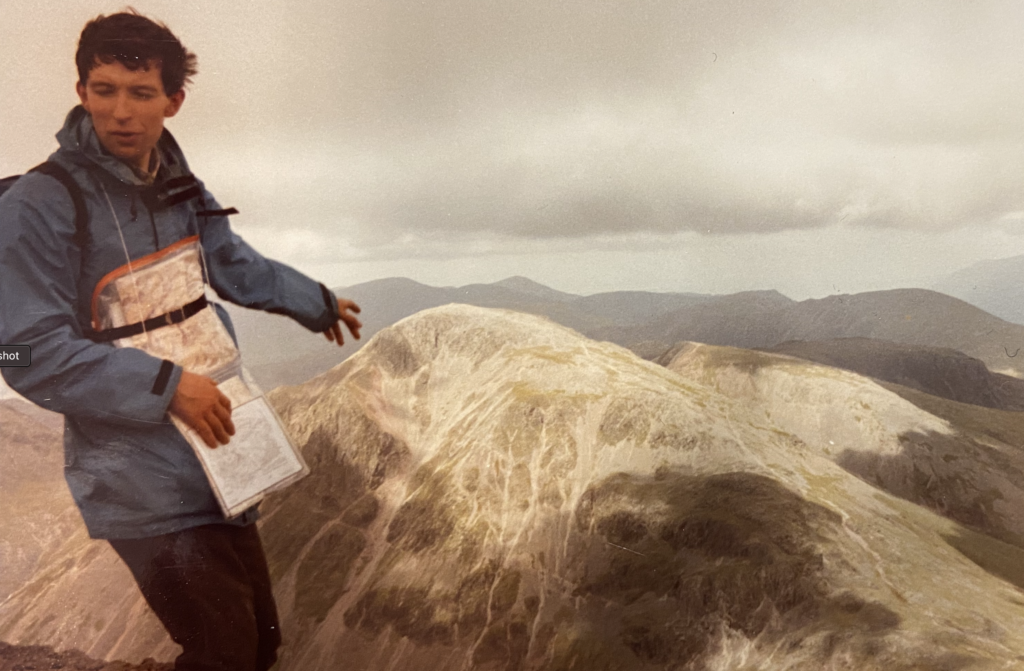
W.R. Walker (PhD 1985, Particle and energy creation in curved space quantum field theory)
Kerry Hinton (PhD 1984, Particle detectors in curved space quantum field theory, now Principle Research Fellow at the Centre for Energy Efficient Telecommunications at the University of Melbourne)
Previous meetings
UK Cosmology Meeting @ Newcastle University, May 16-17, 2022
UK Cosmology Meeting @ Newcastle University, March 14, 2006
